Privacy Overview
This website uses cookies so that we can provide you with the best user experience possible. Cookie information is stored in your browser and performs functions such as recognising you when you return to our website and helping our team to understand which sections of the website you find most interesting and useful.
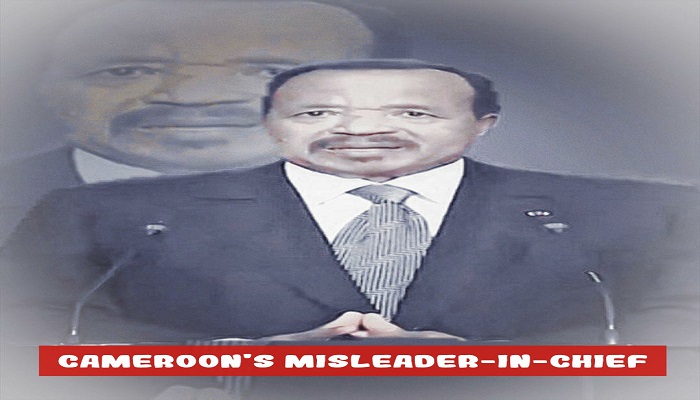
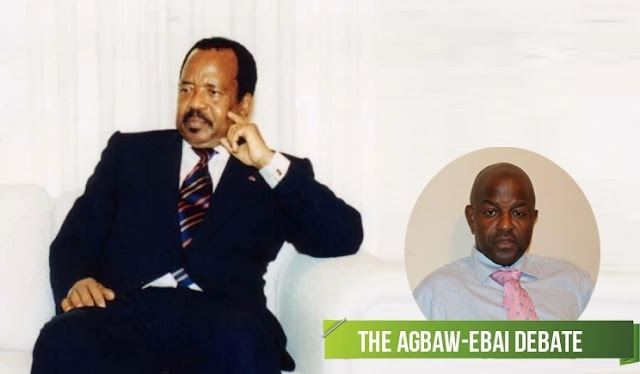
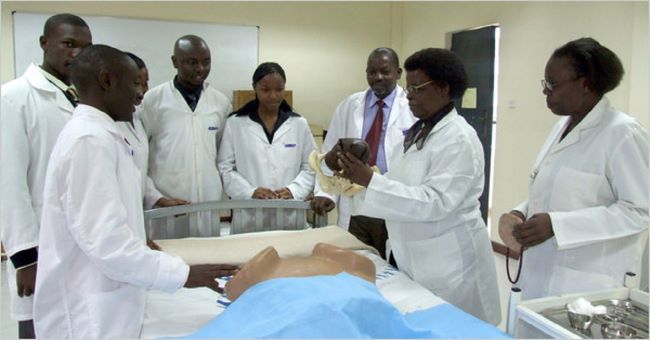









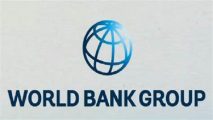



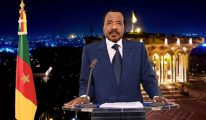

6, July 2023
Is Cameroon the Next Sudan? 0
As the war in Ukraine rages on—and the West’s limited attention to Africa focuses on Sudan—the civil war in the Anglophone part of Cameroon meanders along. It continues into its sixth year without any sign of political settlement due not to Western indifference and inaction, but to Western diffidence and actions that send the wrong signals to the kleptocratic regime of President Paul Biya.
France is hardly signaling that it wants to be part of solving the Anglophone crisis peacefully. And despite a strong, bipartisan U.S. Senate resolution passed in January 2021 calling for dialogue to end the conflict, and the Biden administration’s extension of Temporary Protected Status to Cameroonians in June 2022, the White House and State Department have otherwise taken no public action toward promoting peace.
There are lessons from Sudan that will likely remain unlearned in Cameroon until it is too late, when a looming crisis over Biya’s successor could potentially drive conflict from the periphery to the center of the country. Cameroon offers a similar and tragic case study for Western foreign policy toward the continent.
Lack of consequences for military leaders in Sudan since 2019, and lack of support for civil movements and institutions by outside actors, led to a culture of impunity and violence escalating to an all-out struggle for political and economic power. With an impending succession crisis, endless war on the frontiers, a factionalized governing party, and fragmented security forces, Cameroon faces similar risks. Outside actors have not yet grasped that a lack of consequences for those with guns puts everyone without guns in jeopardy.
It’s not that no one is ringing alarm bells about Cameroon. The United States Holocaust Memorial Museum’s Simon-Skjodt Center for the Prevention of Genocide released a brief in May entitled “Preventing and Mitigating Mass Atrocities in Northwest and Southwest Cameroon: Identifying Policy Options,” highlighting the urgent need for global attention. The Norwegian Refugee Council has included Cameroon on its list of the top 10 “most neglected displacement crises” for the fourth year in a row. The International Crisis Group released a report in March that offered some concrete proposals toward political reform.
The U.N. Office for the Coordination of Humanitarian Affairs reports that, given various crises, one out of six Cameroonians needs humanitarian assistance and protection, totaling 4.7 million people. In May, the Global Centre for the Responsibility to Protect confirmed the current official figure of at least 6,000 killed since late 2017 in the Anglophone regions and at least 715,000 displaced. The actual numbers are likely much higher.
With an impending succession crisis, endless war on the frontiers, a factionalized governing party, and fragmented security forces, Cameroon faces similar risks to Sudan.
Over the past six months, as attention focused elsewhere, the situation in Cameroon has gone from bad to worse. Some hope emerged when Canada announced publicly in January that it “welcomes the agreement by the parties to enter a process to reach a comprehensive, peaceful and political resolution of the conflict” and that it had “accepted the mandate to facilitate this process, as part of our commitment to promote peace and security and advance support for democracy and human rights.” Various other domestic groups and external actors, including Pope Francis, quickly announced their support of the Canadian effort.
Three days later, however, the Biya government countered that “it has not entrusted any foreign country or external entity with any role of mediator or facilitator to settle the crisis in the North-West and South-West Regions.” Any nascent momentum toward peace ground to a halt, and suffering persists unabated.
In fact, the Biya regime continues to be rewarded in ways that ensure military repression continues, with no incentive to pursue a negotiated peace nor substantive political reforms. That same week in January that the government denied a Canadian-facilitated peace process, the International Monetary Fund (IMF) released its third review of Cameroon’s economic situation after meetings earlier in the month. This led to yet another tranche ($73 million) for Cameroon after the IMF board met in March. All IMF reports on Cameroon since the original, three-year (2017-2020) Extended Credit Facility emergency bailout gloss over the impact of war, mismanagement, and kleptocracy on economic growth and development outcomes.
The regime is increasingly confident that loans, grants, investment, and humanitarian assistance will keep rolling in no matter what it does.
The IMF’s fourth review, released on June 29, kept that tradition as it unlocked a further $74 million. While it admits, with typical understatement, that “Cameroon’s performance under the program is mixed” and that “three of five indicative targets under the program have been repeatedly missed,” the fourth review never mentions ongoing war and excessive military expenditures.
By April 2023, Cameroonian officials were emboldened enough to publicly announce their intention to regain eligibility under Washington’s African Growth and Opportunity Act (AGOA), the preferential trade terms for some African states that former U.S. President Donald Trump removed due to human rights abuses back in 2019. While AGOA eligibility would have minimal impact on Cameroon’s economic fortunes, it would be another diplomatic victory for the regime, one that manipulates Western interests to limit consequences of its poor domestic track record. In June, the government confirmed support from the U.N. system for “reconstruction and development” in the Anglophone regions even as the war rages on.
The regime is increasingly confident that loans, grants, investment, and humanitarian assistance will keep rolling in no matter what it does, so instead of trying to improve the economy or end the war, it continues to import military hardware and expand its already bloated and fragmented security forces.
Cameroon is thus looking more like Sudan every day as insecurity and economic stagnation resulting from poor governance is ignored by external actors. Besides growing criminal insecurity in its major cities, killings of journalists, and a spreading cholera crisis, the country faces nearly interminable conflict along its periphery, in what was formerly the British Southern Cameroons (the two Anglophone regions), the British Northern Cameroons (where Boko Haram and its successors continue to threaten villages and farms), and along the border with perennially unstable Central African Republic.
Labelling all insecurity as simply “terrorism” for an international audience, Cameroon convinces many countries to keep selling it arms, vehicles, and aircraft. The impending succession crisis after more than 40 years under Biya will thus take place in a weakly institutionalized political system where the ability and propensity to employ violence has increased dramatically. Sudan offers a stark warning of the possible consequences.
While Sudanese and outside stakeholders rejoiced over longtime dictator Omar al-Bashir’s removal from office in April 2019, the transitional government was in place just long enough for Sudan to reach the first stage of its long-delayed acceptance into the Enhanced Heavily Indebted Poor Countries (HIPC) initiative. In June 2021, the IMF and World Bank boards approved initial debt relief for Sudan, dropping the accumulated $56 billion debt to $28 billion. At that point, Sudan was on track for its own Extended Credit Facility and, later, to even further debt relief under HIPC.
But the October 2021 coup, and now the outright destruction of the country by two rival generals since April 2023, reversed those limited gains. Arms exports to and joint ventures within Sudan (including with Russia’s Wagner Group) ensured both sides were well-equipped even as the economy suffered a decadelong slide. War usually fought on the periphery has now reached most cities and regions across the country. So, besides the enormous human toll, private capital formation and public infrastructure are being destroyed at a rapid rate from Khartoum to West Darfur. The volunteer, neighborhood resistance committees once crucial to the transition in 2019 but subsequently sidelined now scramble to fill the gaps of a collapsing state.
The development in Sudan of two separate military institutions—the regular armed forces and the institutionalization of the irregular Janjaweed militia as the Rapid Support Forces in the mid-2010s—ultimately did not fulfill at least one key objective of Bashir’s regime: It did not coup-proof his regime by building up two countervailing forces. Those rival military organizations are now tearing the country apart.
Cameroon has followed a similar process of expansion and bifurcation of security services over the past two decades, and the resulting situation creates the potential for confrontation once Biya, now 90, becomes incapacitated. There is a constitutional process of succession, triggering a presidential election within months, but few expect the ruling party factions to rally behind any one candidate. (Biya may yet hang on and run in the 2025 election at age 92, or pass off his baton to his son Franck). A real concern is that different ruling party factions have influence over different branches of the fragmented security forces.
The Presidential Guard protects the President and key government installations The regular armed forces have a traditional three-branch (army, navy, air force) structure, and contribute to a regular peacekeeping rotation in the Central African Republic, but the regular army is the least well-equipped compared to the Presidential Guard and the Bataillon d’Intervention Rapide (BIR), a separate branch established in 2001 under Israeli military advisors. The BIR has since expanded to a number of individual battalions as well as its own air and maritime components, and is permanently engaged in combat operations against both Boko Haram and Anglophone armed groups.
While both the Presidential Guard and the BIR are controlled directly by the presidency, they report up different factional chains of command and keep a close eye on each other.
Besides the expansion and fragmentation of the security forces, since 2020, new armored vehicle imports have been identified from Canada, France, and mostly from the United Arab Emirates. At least two used Bell 412EP helicopters (built in North America and powered by Pratt & Whitney Canada engines) were procured since 2019, joining others already in service. Four new Italian-built Leonardo AW109E helicopters have been delivered more recently; they were photographed flying in a May 20 military parade and elsewhere in Cameroon after being held up in Italy since 2018 due to either lack of money or export permits, or both.
And this new equipment is on the top of the significant military assistance from China, France, Israel, Serbia, South Africa, and the United States between 2014-2018 to help in the struggle against Boko Haram. Many of those aircraft, vehicles, and helicopter assets have since been deployed to the Anglophone areas, including U.S. surveillance aircraft, Chinese tank destroyers, and the more recent Italian helicopters.
In short, there is no incentive for the Cameroonian government to agree to substantive peace negotiations, better economic management, or political reforms. The various political factions are solely focused on jockeying for power in preparation of the post-Biya era. There are simply no consequences to Biya and ruling-party factions under him for continuing the war (and considerable evidence that many benefit from its continuation): There is no effective elected opposition, there are few restrictions on military imports, international financing continues from all sources, there is no pressure coming from neighbors or other African leaders or organizations to negotiate, and the West keeps sending mixed signals about whether it takes peace and conflict resolution seriously.
Like the military leaders in Sudan who now fight for power without constraint, the factions looking at a post-Biya Cameroon have not faced any consequences for stalling either peace talks or real political (or economic) reform.
The moment Biya loses his grip on power through incapacitation or death, it is possible that similar struggles could break out within the ruling party, with factions leveraging different elements of the security services to back their claims.
The United States, Canada, Norway, the European Union, and key international institutions need to send consistent signals in support of peace, justice, and democracy, rather than call for peace but support the brittle status quo. What peace and justice ultimately look like can only be determined by Cameroonians, but that process requires more openings for potential reformers willing to talk and more restraints on hard-liners before Cameroon advances any further down the road to Khartoum.
Culled from Foreign Policy